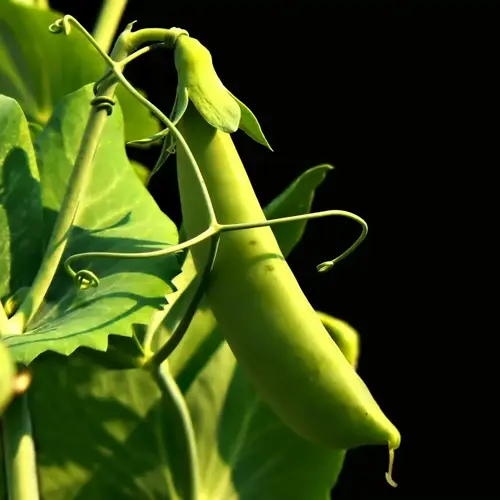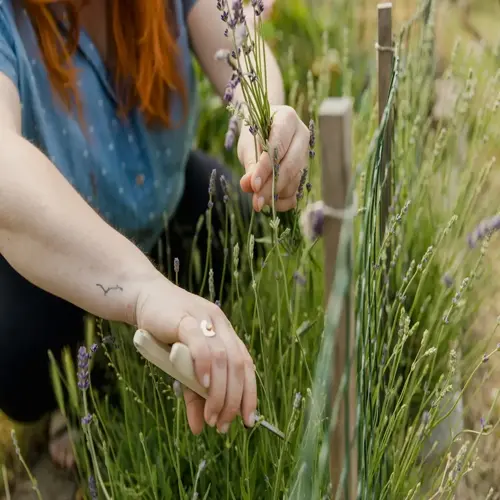What soil conditions do turnips require?

Written by
Tina Carter
Reviewed by
Prof. Samuel Fitzgerald, Ph.D.Turnips require specific soil properties to grow well and produce quality roots. Well-drained loamy soil is ideal to avoid the waterlogged conditions that lead to rotty roots. A perfect pH range of 6.0-7.5 ensures that nutrients are available without locking them out of the turnips. Additionally, a loose soil texture allows the roots to grow freely. I perform soil testing each year to ensure the right conditions are present each time.
Physical Structure
- Loam texture with balanced sand-silt-clay ratio
- Minimum 12-inch loose depth for root penetration
- Avoid compaction through broadforking
- Ensure rapid drainage within 4 hours
Chemical Balance
- pH 6.0-7.5 range for nutrient uptake
- 4-6% organic matter content
- Adequate phosphorus for root development
- Balanced calcium-magnesium ratio
Soil testing gives essential data for amendments. Test 4 weeks before planting to allow time for amendments to be incorporated. Check pH, organic matter, and N-P-K levels. I send my soil samples to a cooperating extension service of the university for professional analysis of my soil. Amend the pH level slowly with either lime for acidity reduction or sulfur for alkalinity increase.
Organic materials change soil structure and fertility. Add well-rotted compost to a depth of 3-4 inches every year. Never use raw manure, as it can cause root deformities and harbor pathogens. Green manure crops, such as clover, are great producers of nitrogen to the soil. Other cover crops are also planted during the winter and/or summer to maintain a healthy soil area.
Poor Drainage Fixes
- Install French drains in low areas
- Create raised beds minimum 8 inches high
- Add gypsum to break up clay
- Incorporate coarse sand
Low Fertility Correction
- Apply balanced organic fertilizer
- Use fish emulsion every 3 weeks
- Side dress with compost tea
- Rotate with nitrogen-fixing legumes
Watch for signs of soil deficiencies on your plants. Yellow leaves indicate a nitrogen deficiency. Purple tints are signs of a phosphorus deficiency. Stunted growth is a result of compacted soil. I take monthly leaf tissue tests throughout the growing season. It's preemptive in nature and helps to reduce loss of yield.
Read the full article: When to Plant Turnips for Best Results

